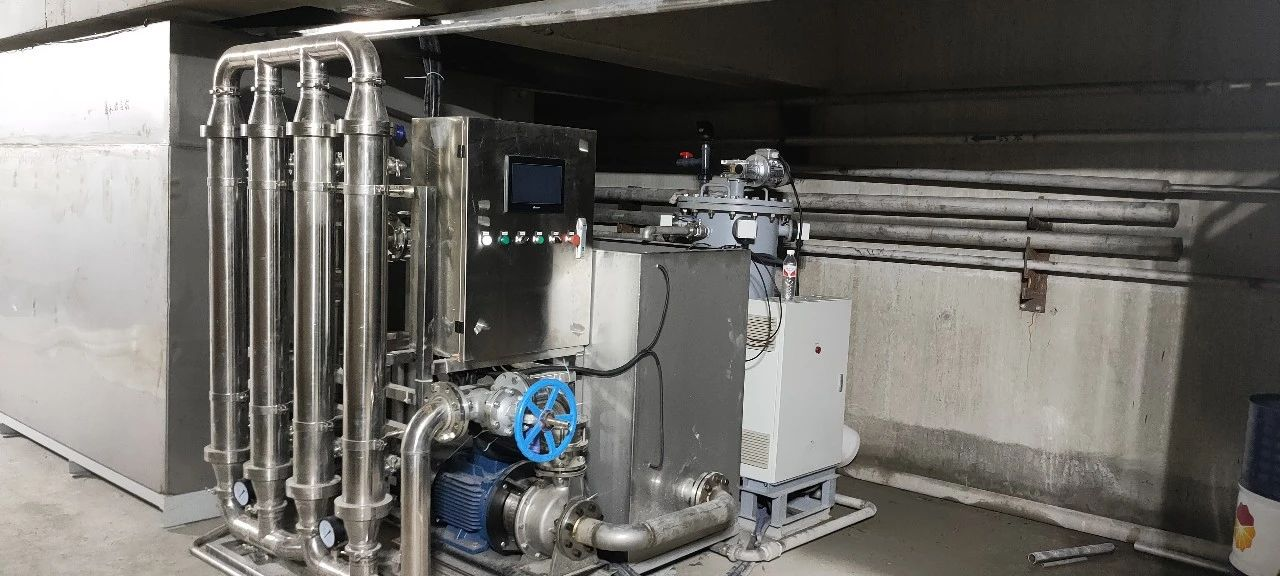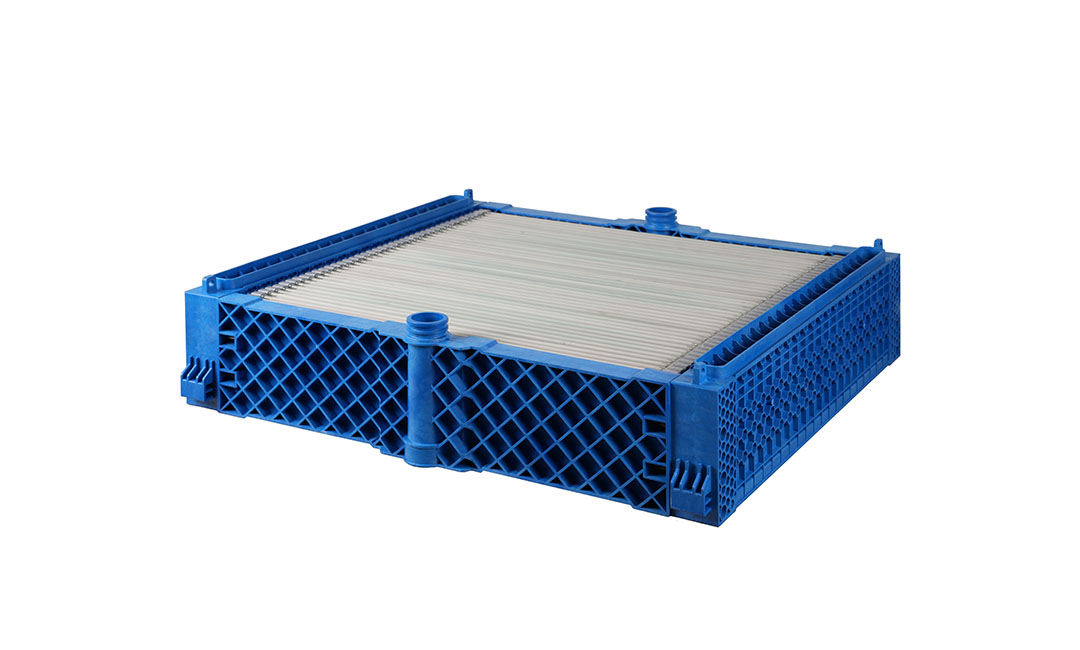Proper Cleaning Techniques for SiC Tubular Membranes
Silicon carbide (SiC) tubular membranes are widely used in various industries for water and wastewater treatment due to their high chemical and thermal stability, as well as their excellent mechanical strength. However, to ensure optimal performance and longevity of these membranes, proper cleaning and maintenance are essential. In this article, we will discuss some effective techniques for cleaning and maintaining SiC tubular membranes.
One of the most common methods for cleaning SiC tubular membranes is chemical cleaning. This involves using specific cleaning agents to remove fouling and deposits from the membrane surface. It is important to use the right cleaning agent that is compatible with SiC material to avoid damaging the membrane. Acidic and alkaline cleaning agents are commonly used for cleaning SiC membranes, as they can effectively remove organic and inorganic fouling.
Before starting the chemical cleaning process, it is crucial to thoroughly flush the membrane with clean water to remove any loose particles or debris. This will help improve the effectiveness of the cleaning agent and prevent further fouling of the membrane. Once the membrane is flushed, the cleaning agent can be circulated through the membrane system for a specified period of time to allow it to dissolve and remove fouling.
After the cleaning agent has been circulated, the membrane should be thoroughly rinsed with clean water to remove any residual cleaning agent and fouling. It is important to ensure that the membrane is completely clean before returning it to operation to prevent any potential damage or decrease in performance.
In addition to chemical cleaning, physical cleaning methods can also be used to maintain SiC tubular membranes. One common physical cleaning method is backwashing, which involves reversing the flow of water through the membrane to dislodge and remove fouling. Backwashing is an effective way to prevent fouling buildup and maintain the performance of the membrane.
Another physical cleaning method that can be used for SiC tubular membranes is air scouring. This involves injecting compressed air into the membrane system to create turbulence and dislodge fouling from the membrane surface. Air scouring can be particularly effective for removing stubborn fouling that is resistant to chemical cleaning.
Regular maintenance and monitoring of SiC tubular membranes are also essential to ensure their long-term performance. This includes inspecting the membrane for any signs of damage or fouling, as well as monitoring the operating conditions to ensure optimal performance. By regularly cleaning and maintaining SiC tubular membranes, you can prolong their lifespan and ensure efficient operation.
In conclusion, proper cleaning and maintenance are crucial for ensuring the optimal performance and longevity of SiC tubular membranes. Chemical cleaning, backwashing, air scouring, and regular maintenance are all effective techniques for keeping SiC membranes clean and free from fouling. By following these techniques, you can ensure that your SiC tubular membranes continue to operate efficiently and effectively for years to come.
Importance of Regular Maintenance for SiC Tubular Membranes
Silicon carbide (SiC) tubular membranes are widely used in various industries for water and wastewater treatment due to their high chemical and thermal stability, as well as their excellent filtration performance. However, like any other filtration system, SiC tubular membranes require regular maintenance to ensure optimal performance and longevity.
Regular maintenance of SiC tubular membranes is crucial for several reasons. Firstly, proper maintenance helps to prevent fouling, which can significantly reduce the efficiency of the membrane and increase operating costs. Fouling occurs when particles, microorganisms, or other contaminants accumulate on the membrane surface, clogging the pores and reducing the flow rate. Regular cleaning and maintenance can help prevent fouling and ensure consistent filtration performance.
In addition to preventing fouling, regular maintenance also helps to extend the lifespan of SiC tubular membranes. By keeping the membranes clean and well-maintained, you can avoid premature wear and tear, which can lead to costly repairs or replacements. Proper maintenance can also help to identify any potential issues early on, allowing you to address them before they escalate into more significant problems.
So, how can you effectively clean and maintain SiC tubular membranes? The first step is to establish a regular cleaning schedule based on the specific operating conditions and requirements of your system. This schedule should include routine cleaning procedures as well as periodic maintenance tasks to ensure the membranes remain in optimal condition.
When it comes to cleaning SiC tubular membranes, there are several methods that can be used, depending on the type and extent of fouling. One common method is backwashing, which involves reversing the flow of water through the membrane to dislodge and remove any accumulated particles or contaminants. Backwashing is a simple and effective way to prevent fouling and maintain the performance of the membrane.

In addition to backwashing, chemical cleaning can also be used to remove stubborn fouling or deposits from the membrane surface. Chemical cleaning involves using specific cleaning agents or solutions to dissolve and remove contaminants that cannot be removed through backwashing alone. It is essential to follow the manufacturer’s guidelines and recommendations when using chemical cleaning agents to avoid damaging the membrane.
Another important aspect of maintaining SiC tubular membranes is monitoring and controlling the operating conditions of the system. This includes monitoring the feed water quality, flow rate, pressure, and temperature to ensure optimal performance and prevent fouling. Regularly checking and adjusting these parameters can help to maintain the efficiency of the membrane and extend its lifespan.
In conclusion, regular maintenance is essential for ensuring the optimal performance and longevity of SiC tubular membranes. By establishing a regular cleaning schedule, using appropriate cleaning methods, and monitoring the operating conditions of the system, you can prevent fouling, extend the lifespan of the membranes, and reduce operating costs. Proper maintenance is key to maximizing the efficiency and effectiveness of SiC tubular membranes in water and wastewater treatment applications.
Tips for Prolonging the Lifespan of SiC Tubular Membranes
Silicon carbide (SiC) tubular membranes are a popular choice for water filtration due to their high chemical and thermal stability, as well as their excellent mechanical strength. However, like any filtration system, SiC tubular membranes require regular cleaning and maintenance to ensure optimal performance and longevity. In this article, we will discuss some tips for effectively cleaning and maintaining SiC tubular membranes to prolong their lifespan.
One of the most important steps in maintaining SiC tubular membranes is regular cleaning. Over time, contaminants and fouling agents can build up on the membrane surface, reducing its filtration efficiency. To prevent this buildup, it is essential to clean the membranes regularly using appropriate cleaning solutions and techniques.
When cleaning SiC tubular membranes, it is crucial to use cleaning solutions that are compatible with the material. Harsh chemicals can damage the membrane surface, reducing its effectiveness and shortening its lifespan. It is recommended to use mild, non-abrasive cleaning solutions that are specifically designed for SiC membranes.
In addition to using the right cleaning solutions, it is also important to follow the manufacturer’s guidelines for cleaning procedures. This may include soaking the membranes in the cleaning solution, using a gentle scrubbing brush to remove stubborn contaminants, and rinsing the membranes thoroughly after cleaning. Proper cleaning techniques will help to maintain the integrity of the membrane surface and ensure optimal filtration performance.
In addition to regular cleaning, it is also important to monitor the operating conditions of the filtration system to prevent fouling and damage to the membranes. This includes monitoring the feed water quality, flow rate, and pressure, as well as the temperature of the system. By maintaining optimal operating conditions, you can prevent fouling and prolong the lifespan of the SiC tubular membranes.
Another important aspect of maintaining SiC tubular membranes is periodic inspection and testing. This may include visual inspection of the membrane surface for signs of fouling or damage, as well as performance testing to ensure that the membranes are operating at peak efficiency. By regularly inspecting and testing the membranes, you can identify any issues early on and take corrective action to prevent further damage.

In conclusion, proper cleaning and maintenance are essential for prolonging the lifespan of SiC tubular membranes. By using the right cleaning solutions, following manufacturer guidelines, monitoring operating conditions, and conducting regular inspections and testing, you can ensure that your membranes perform optimally and last for years to come. Remember, a well-maintained filtration system is a reliable filtration system.

